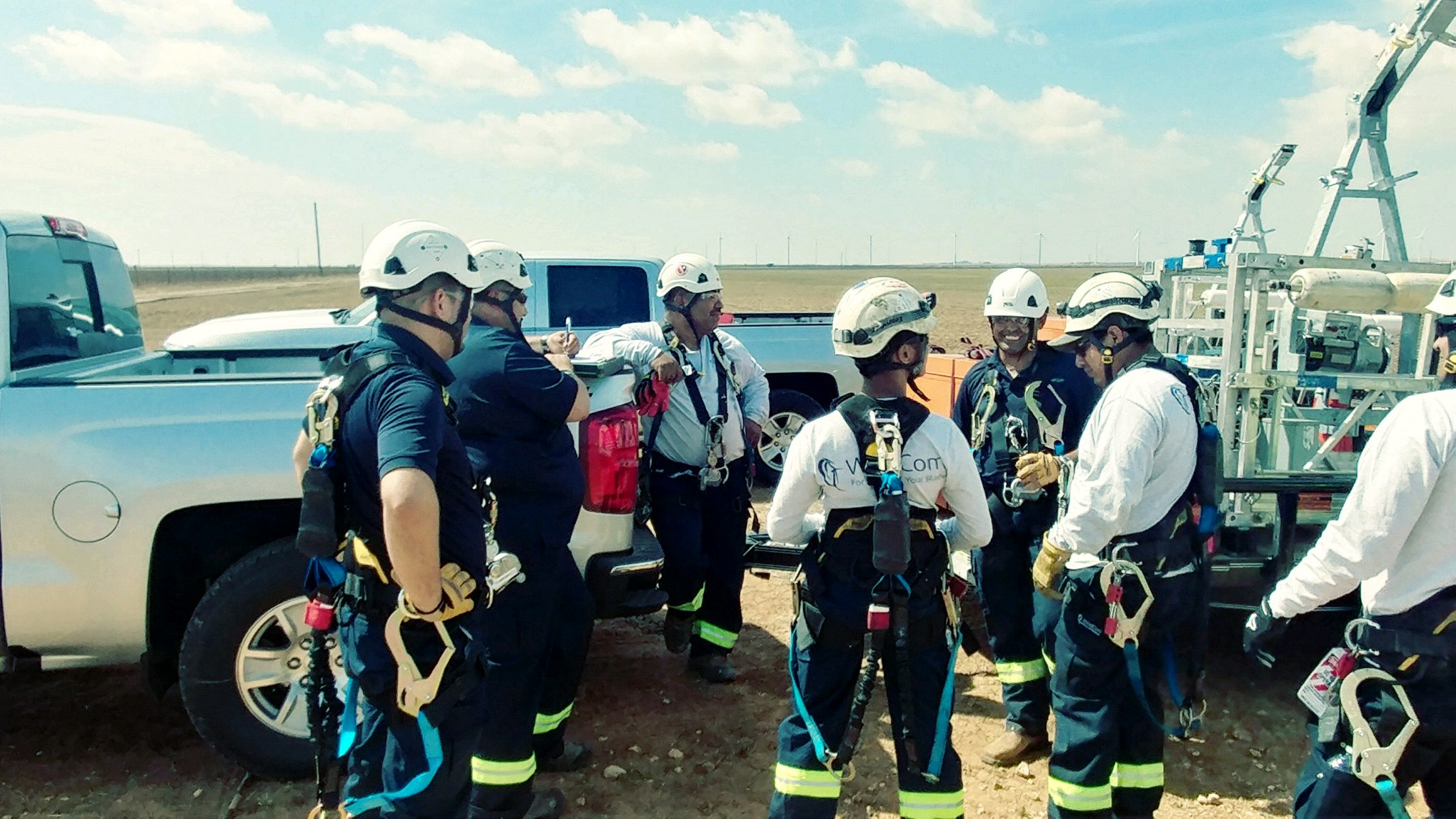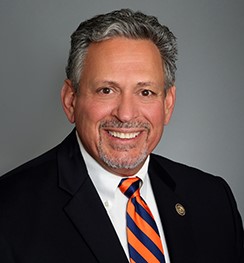Complacency - The Erosion of Safety
There is a hidden trap waiting to ambush even the most competent construction worker, superintendent, or engineer. It is called complacency.Complacencyis the feeling of self-satisfaction, contentment, and (occasionally) smugness. It becomes your reward for success. No matter how vigilant you are, however, you will eventually let your guard down.
How could this happen?
Complacency occurs when people feel satisfied with their actions; this normally affects more experienced team members rather than the novices. A new employee, or someone learning a new role, is often too worried about making a mistake. Fear of failure prevents them from being satisfied or content with his or her practices. Complacency is a natural function of the brain. Our brains are designed to automate repetitive behaviors. In other words, complacency is not necessarily the result of apathy, carelessness, or a flaw in your personality: it's simply the way the brain functions. Most of our day-to-day behavior is automated - it happens without conscious or deliberate thought. You may not be aware of it, but your brain constantly scans your environment for signs of danger. You normally notice and respond to what is unique, unusual, or threatening. Repeated exposure to situations, however, even if they are potentially dangerous, dulls our awareness and defense mechanisms. People who are repeatedly exposed to dangerous situations become less concerned about them, and less cautious. We tend to become complacent about our safety when nothing negative occurs. This absence of consequences gradually causes us to become lax about our personal safety. One of the most vexing deceptions is that you are at greatest risk when you least expect it.
What are some signs of complacency?
· Failure to act. Taken to the extreme, this can be a fault. It occurs when complacency interferes with taking action when it is needed (i.e., promising to do it right the next time, or ignoring even minor violations).
· Procrastination(i.e., "If I ignore it, maybe it will go away").
· Indecisiveness(i.e., why decide to do something differently when the current way has worked fine so far).
How can we prevent complacency?
Complacency is part of human nature; there's no way to completely prevent it. The best way to combat complacency is by consciously making a deliberate effort to apply safety strategies consistently - even in the absence of perceived danger. The key is to form safety habits that you do every day, until these habits override any tendency towards complacency. Over time, these safe behaviors will become automatic.
Stamp out smugness - Ensure the prompt reporting of all near misses, close calls, accidents, and incidents to project management and supervision. Ensure that incident reports are completed, submitted, and reviewed by top management within 24 hours. Incident briefings, regardless of the severity, should be the first items on the agenda at all group and management meetings. Use these instances, where we were lucky, to review, prevent, and improve our processes and people. Remember that we are human, and humans make mistakes; don't take a second chance at making the same mistake twice - you might not be as fortunate the next time.
Good enough is not good enough - Even if your safety numbers are less than half of the industry average, and/or better than the company goals, you can always do better. Think of ways to refresh the organization's attitude towards safety. The only legitimate goal is zero: zero accidents, and zero incidents.
Be transparent - Circulate. Be seen. Pop in and out. Practice the "one-minute manager". Tellemployees you'll be stopping by. Catch them doing something right and praise it on the spot (or correct it if it's something unsafe). Ask employees if they have any concerns about the safety in their areas. Always get back to them with an answer, even if it's not what they want to hear. Employees need to know that management is interested in what's happening.
Beyond accidents - Good safety numbers can give you a false sense of security. Don't be overconfident. Accident statistics can mask the realities of what is going on in real time. If you have 330 close calls, you'll likely end up with 30 minor injuries, which means lost production.
Shake 'em outta their easy chairs!
- Even though you don't want employees to get too comfortable, don't forget to have fun! This is what we do, and everyone can get better.
- Get out and about. No one can lead from behind a keyboard, so plan to make an impact. We don't have a lock on best practices; find new partners to benchmark. Work with each other, two can see better than one.
- Broaden your focus beyond the day-to-day activities. Write plans quarterly, yearly, and long term (5 yr). Make sure your team knows where you want to go, and work with them to get there.
 Patrick Hill, BSHSE is the Company Environmental, Health and Safety Manager for WindCom. WindCom specializes in servicing and maintenance of blades and other composites in the field of wind energy. The Houston-based company has over 11 years of providing high quality services and employs 100+ certified composite wind repair technicians.
Patrick Hill, BSHSE is the Company Environmental, Health and Safety Manager for WindCom. WindCom specializes in servicing and maintenance of blades and other composites in the field of wind energy. The Houston-based company has over 11 years of providing high quality services and employs 100+ certified composite wind repair technicians.
WindCom | www.windcomservices.com
Volume: 2018 September/October








